Brichard’s synodontis - Synodontis brichardi
Scientific name: Synodontis brichardi
Common name: Brichard’s synodontis
Family: Mochokidae
Usual size in fish tanks: 12 - 15 cm (4.72 - 5.91 inch)
014
Recommended pH range: 6 - 8
Recommended water hardness: 6 - 19°N (107.14 - 339.29ppm)
0°C 32°F30°C 86°F
Recommended temperature range: 22 - 27 °C (71.6 - 80.6°F)
The way how these fish reproduce: Spawning
Where the species comes from: Africa
Temperament to its own species: peaceful
Temperament toward other fish species: peaceful
Usual place in the tank: Bottom levels
Food and Feeding
Brichard’s Synodontis is an omnivore with a varied diet. Offer high-quality flakes or sinking pellets as the staple food, supplemented with meaty treats such as bloodworms and brine shrimp. Adding spirulina flakes to their diet ensures they receive essential plant-based nutrients, promoting overall health. Feeding them during the evening or just before lights out aligns with their nocturnal habits.
Origin
Synodontis brichardi is native to Africa, specifically the Congo River Basin in Zaire (now the Democratic Republic of Congo). These fast-flowing waters with rocky substrates provide the ideal habitat for this bottom-dwelling species.
Sexing
Determining the sex of Brichard’s Synodontis is challenging as there are no clear external differences between males and females.
Breeding
To date, there are no documented cases of Synodontis brichardi successfully breeding in home aquariums. In their natural habitat, they are believed to spawn among rocks or submerged vegetation, and replicating these conditions may help encourage breeding attempts.
Lifespan
With proper care, the average lifespan of Synodontis brichardi is 5-8 years, making them a long-term commitment for aquarists.
Tank Setup and Behavior
Brichard’s Synodontis thrives in well-oxygenated tanks with a strong water flow to mimic its natural environment. The use of powerheads or additional filtration can help achieve these conditions. Provide a sandy or fine gravel substrate to accommodate their bottom-dwelling behavior and include plenty of hiding spots such as caves, driftwood, and rockwork to make them feel secure.
This species is peaceful and social, making it suitable for community tanks with similarly sized, non-aggressive fish. Ideal tankmates include:
- Congo Tetras – Colorful and peaceful companions.
- Bolivian Rams – Gentle cichlids that coexist well.
- Pearl Gouramis – Non-aggressive mid-level swimmers.
- Clown Loaches – Bottom-dwelling companions with similar environmental needs.
Avoid keeping them with aggressive or territorial fish that might stress or outcompete them for food. Brichard’s Synodontis is nocturnal, so subdued lighting and a structured tank layout will encourage more natural behavior.
Recommended Plants
Though not a plant-focused species, hardy plants can enhance the tank’s aesthetics and provide additional hiding spots. Suitable plants include:
- Anubias – Hardy and attaches to rocks or driftwood.
- Java Fern – Thrives in low-light conditions and requires minimal care.
- Java Moss – Great for creating natural hiding places.
- Cryptocoryne Wendtii – Adds a lush, green appearance to the tank.
Short Description
Synodontis brichardi, known as Brichard’s Synodontis, is a peaceful yet resilient bottom-dweller from the Congo River Basin. With its striking appearance and manageable size, this species is a great addition to community aquariums. Its nocturnal nature and preference for well-oxygenated, fast-flowing water make it an intriguing choice for aquarists who can provide the proper care and environment.
Pictures
Bought by aqua-fish.net from jjphoto.dk.
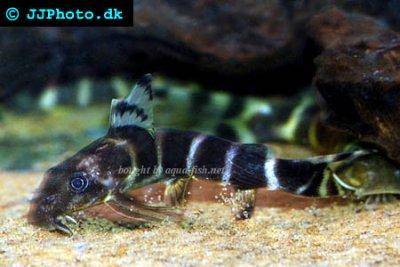



 Euchilichthys
Euchilichthys 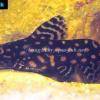 Angel
Angel  Decorated
Decorated 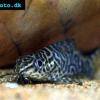 Featherfin
Featherfin 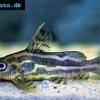 Orangestriped
Orangestriped 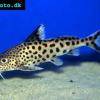 Cuckoo
Cuckoo 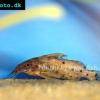 Lace
Lace  Upside-down
Upside-down 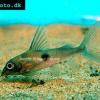 One
One 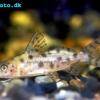 Ocellated
Ocellated 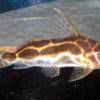 Robert’s
Robert’s